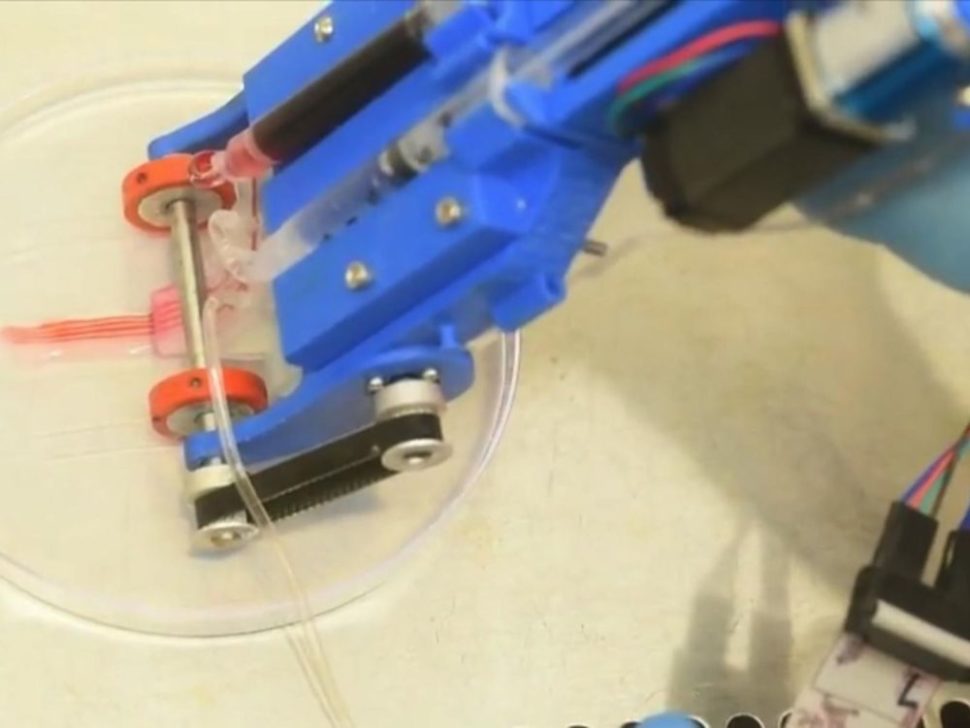Researchers from the University of Toronto made a portable 3D skin printer that could one day be used to treat deep wounds.
According to the researchers, their handheld 3D skin printer is the first of its kind that can form, deposit, and set tissue on skin injuries in less than two minutes. Its primary purpose is to cover and help heal deep wounds.
Deep skin wounds commonly involve damages to the three layers of human skin called the epidermis, dermis, and hypodermis. Usually, the preferred treatment for severe skin wounds is split-thickness skin grafting.
Split-thickness grafting typically requires enough healthy donor skin to cover the three layers of skin on large wounds. However, having sufficient graft skin is rare. This leaves a portion of the injury ungrafted, which often leads to slow healing outcomes and can lead to infection.
While there are a large variety of tissue-engineered skin substitutes available today, they are still not ready for medical applications. The device developed by the UT researchers, however, could one day help patients suffering from severe burns and other skin injuries.
“Most current 3-D bioprinters are bulky, work at low speeds, are expensive and are incompatible with clinical application,” Dr. Axel Guenther, one of the researchers, said.
The team of researchers believes that their portable 3D skin printer could overcome these barriers while improving today’s skin-healing processes. The device reportedly resembles a white-out tape dispenser. However, instead of a tape roll, it has a microdevice that creates tissue sheets.
Read More: Researchers Successfully Create Chameleon-like Artificial Skin
The vertical strips of “bio ink” are said to be made up of protein-based biomaterials such as collagen and fibrin. Collagen is considered the most abundant protein in the dermis while fibrin is a protein associated with wound healing.
“Our skin printer promises to tailor tissues to specific patients and wound characteristics,” Navid Hakimi, a Ph.D. student and one of the researchers went on to say. “And it’s very portable.”
The researchers are working on adding other capabilities to the printer such as expanding the size of the wound areas that could be covered by the device. The team hopes that one day, they could start running human clinical trials.
The researchers published the paper on their study in the journal Lab on a Chip.






Comments (0)
Most Recent